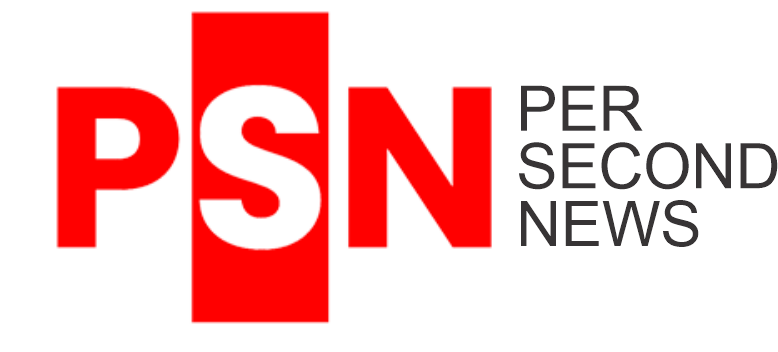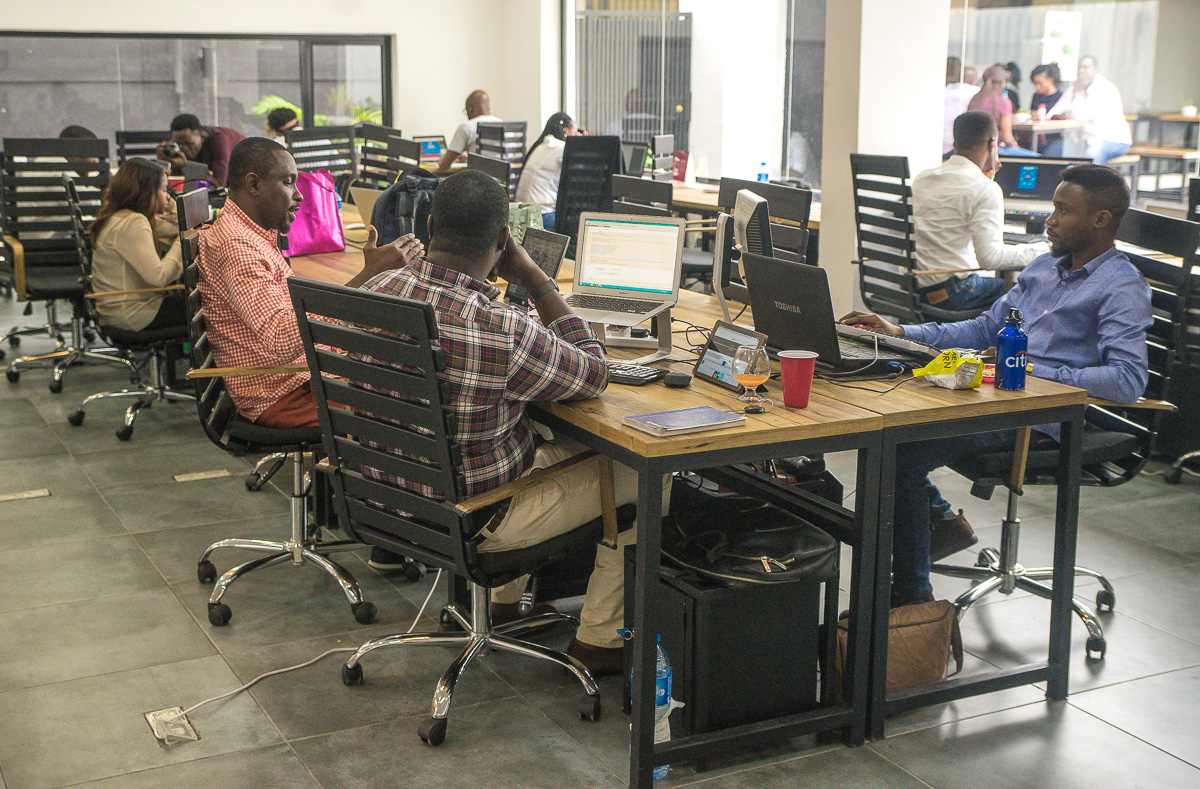Finding a career path can be quite a task, especially for beginners. This is because many people lack a professional development track or growth plan. Everyone can benefit from career development, whether you are a student, new to the workforce, or currently have your dream job.
How do you start creating a plan?
First, let’s explore what career development is and why it’s important.
Career development is a process an individual undergoes to evolve their occupational status. It is the process of making decisions for long-term learning to align personal needs for physical or psychological fulfillment with career advancement opportunities.
It helps you stand out in front of employers, compete in today’s job market, and grow within a company. The process of career development is just as important for those who are new to the workforce as it is for those currently in the workforce.
Without a career development plan, you risk staying stagnant in your career or choosing the wrong path altogether.
Your career development journey doesn’t stop after you land your first job. It is a lifelong process that needs to be continually refined and redefined.
Steps toward creating a career development plan
Setting goals and making a plan are essential to building a profession you love. Here are some fundamental components of a solid career development plan.
Conduct a self-assessment: Not only will finding a job you love help improve your quality of life, but you will also be more motivated to excel at it.
Take a moment to think about your current position, values, passions, past experiences, and skills. Identify your strengths and see how you can use them along with your passion in your career.
Think about where you want to be in five to 10 years, and see how that lines up with the jobs you have been considering. Weigh the pros and cons of each position you consider such as work-life balance, compensation versus fulfillment, industry culture and environment, required education, location, and opportunities for long-term growth.
Then, use that list to help you determine your next steps and the overall career path you want to take.
Do research and get hands-on experience. Once you have completed your self-assessment, explore what industries may be the best fit for you. To start, conduct research, take courses, build your network, and talk to people in different professions.
One of the best ways to tell if an industry is right for you is to get hands-on experience. Volunteering, part-time jobs, and internship programmes are great opportunities to determine if the job or degree you’re pursuing aligns with your self-assessment.
Establish your end goals: Once you have chosen the career you want to pursue, analyze how it lines up with your current experience, skills, and values. This comparison will give you a clear picture of the things you need to accomplish to reach your end goal.
Talk with your advisor, mentor, or supervisor to get a better understanding of what is required of the role. Compile a list of areas where you have developmental gaps and categorize the skills, experiences, and certifications you need to fill those gaps and continue to grow.
Set career development goals: After you have identified your long-term goals and developmental gaps, make a list of short-term goals and tasks you need to accomplish.
Evaluate, adjust, and repeat: Regularly check the progress you have made on your career development plan and make time to celebrate certain milestones.
Remember, things in life change unexpectedly. Don’t be afraid to re-evaluate and change your tasks, timelines, and short- and long-term goals.
(With additional materials from nsls.org and noworkleftbehind.org)



































Leave a comment